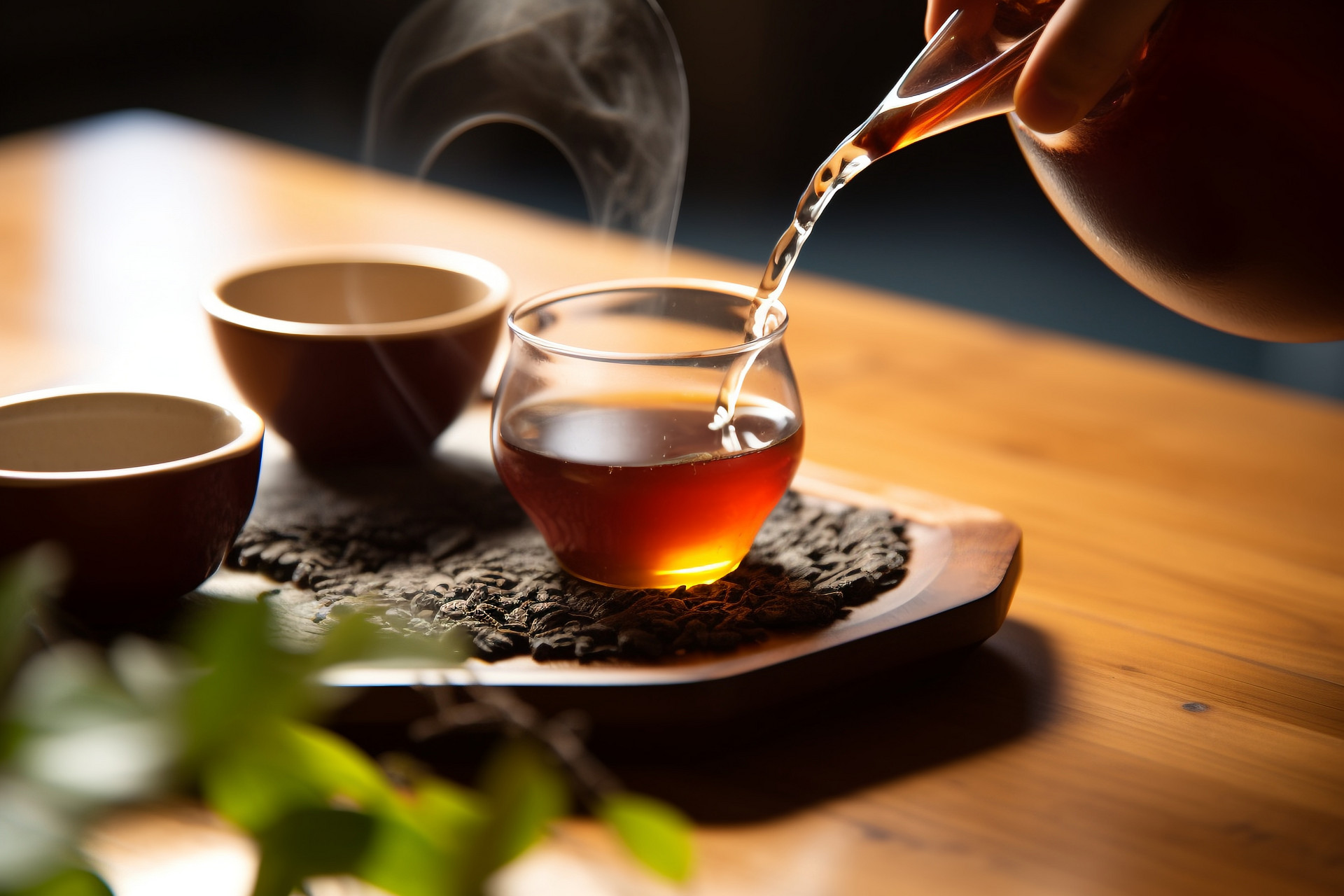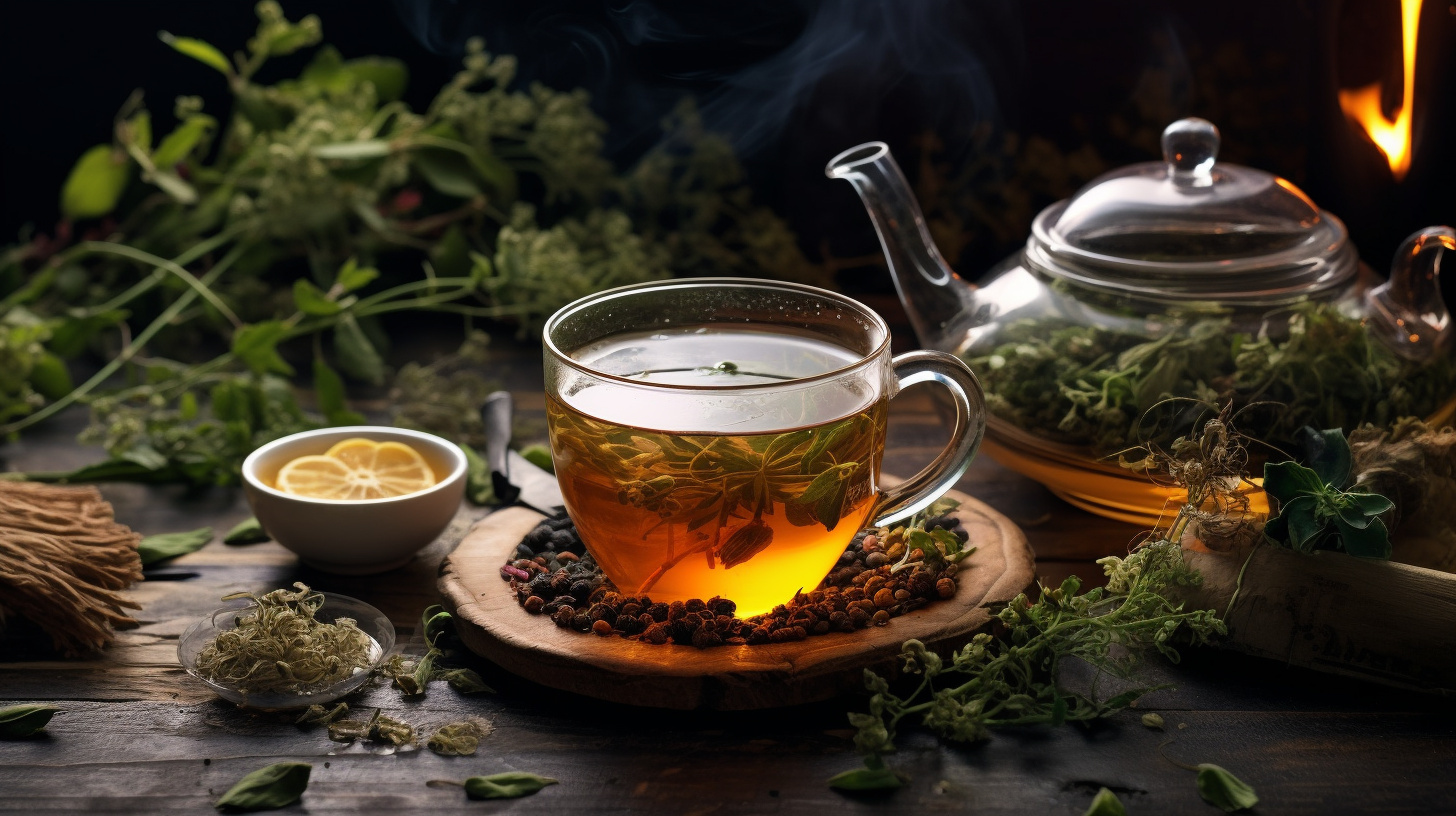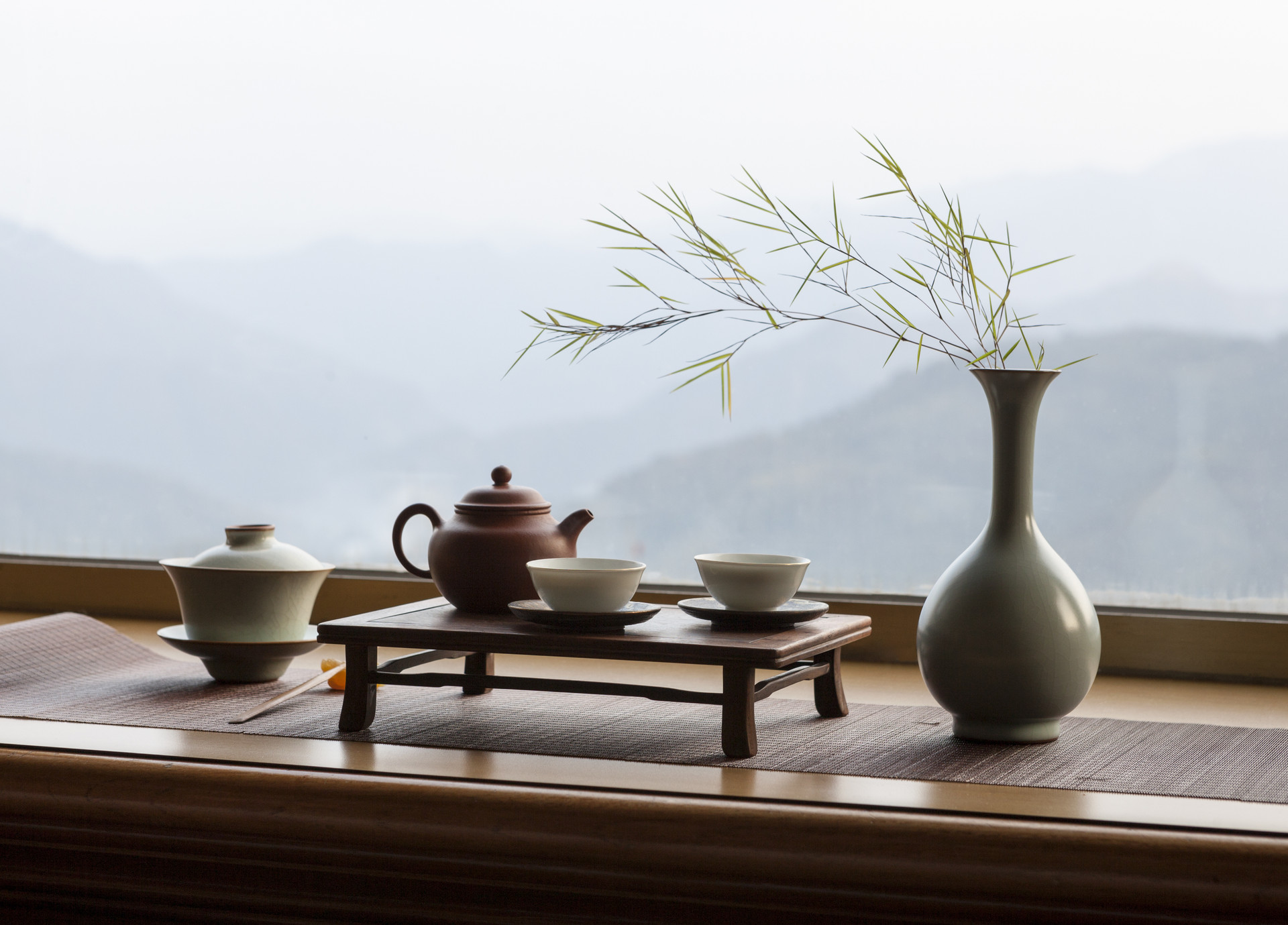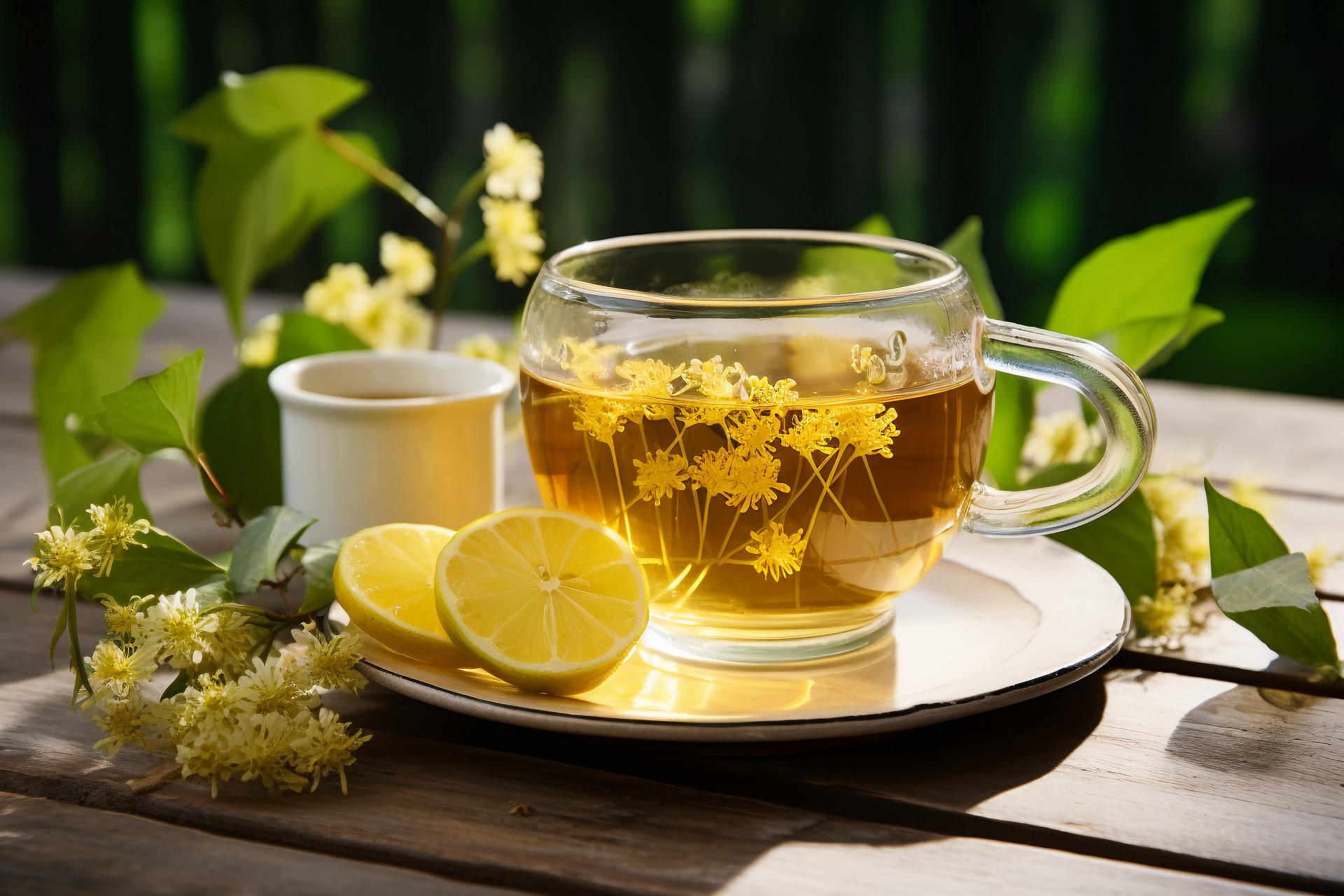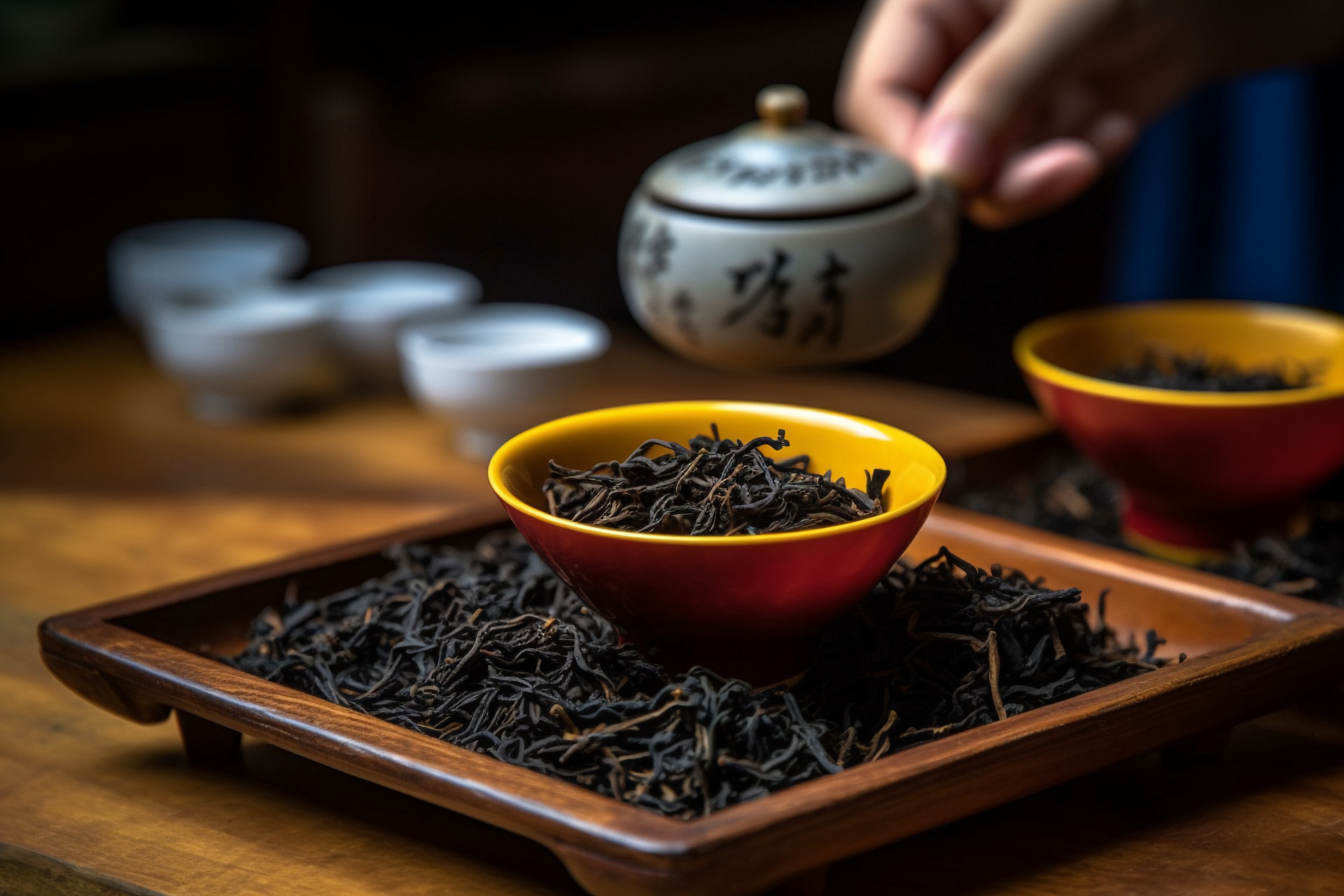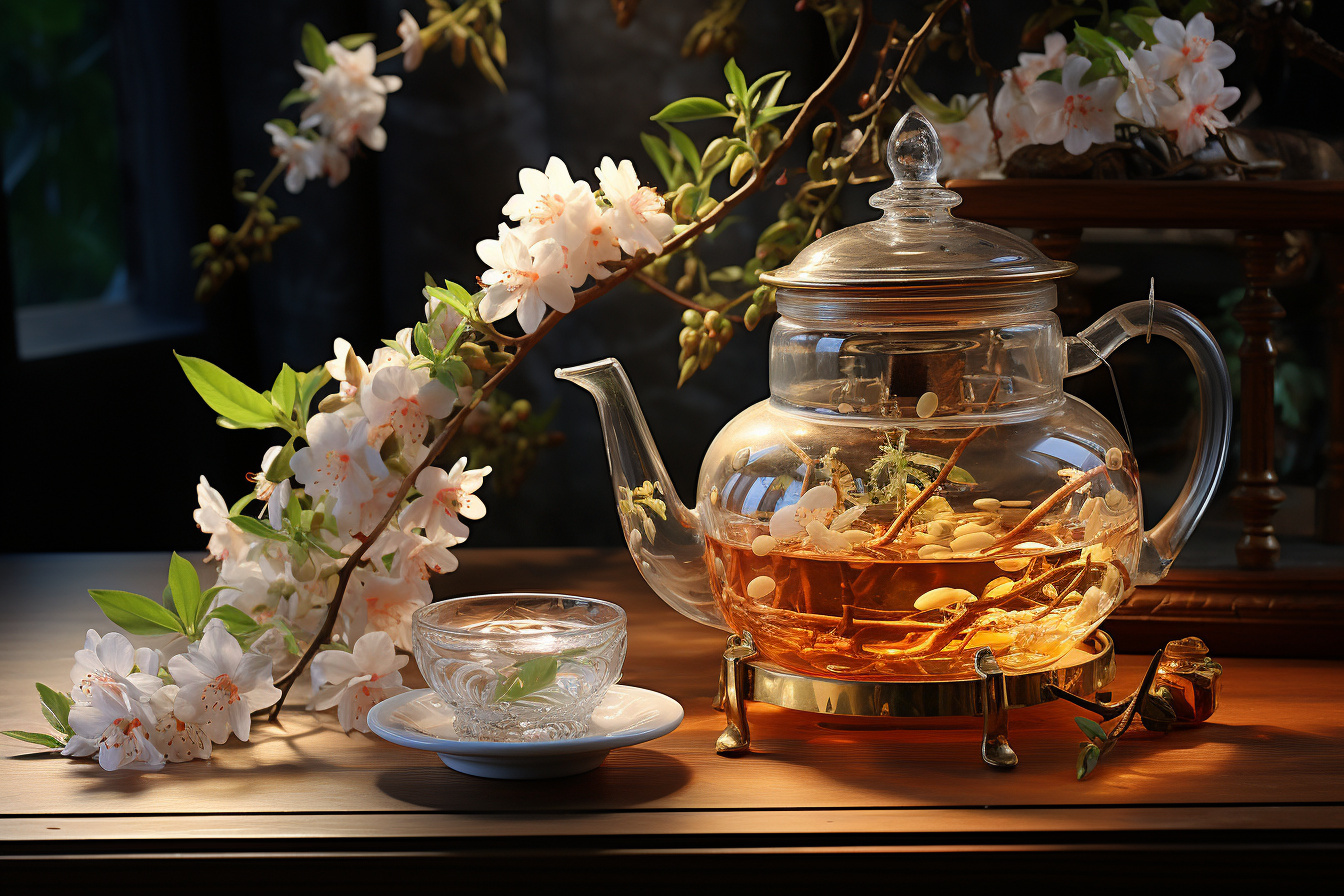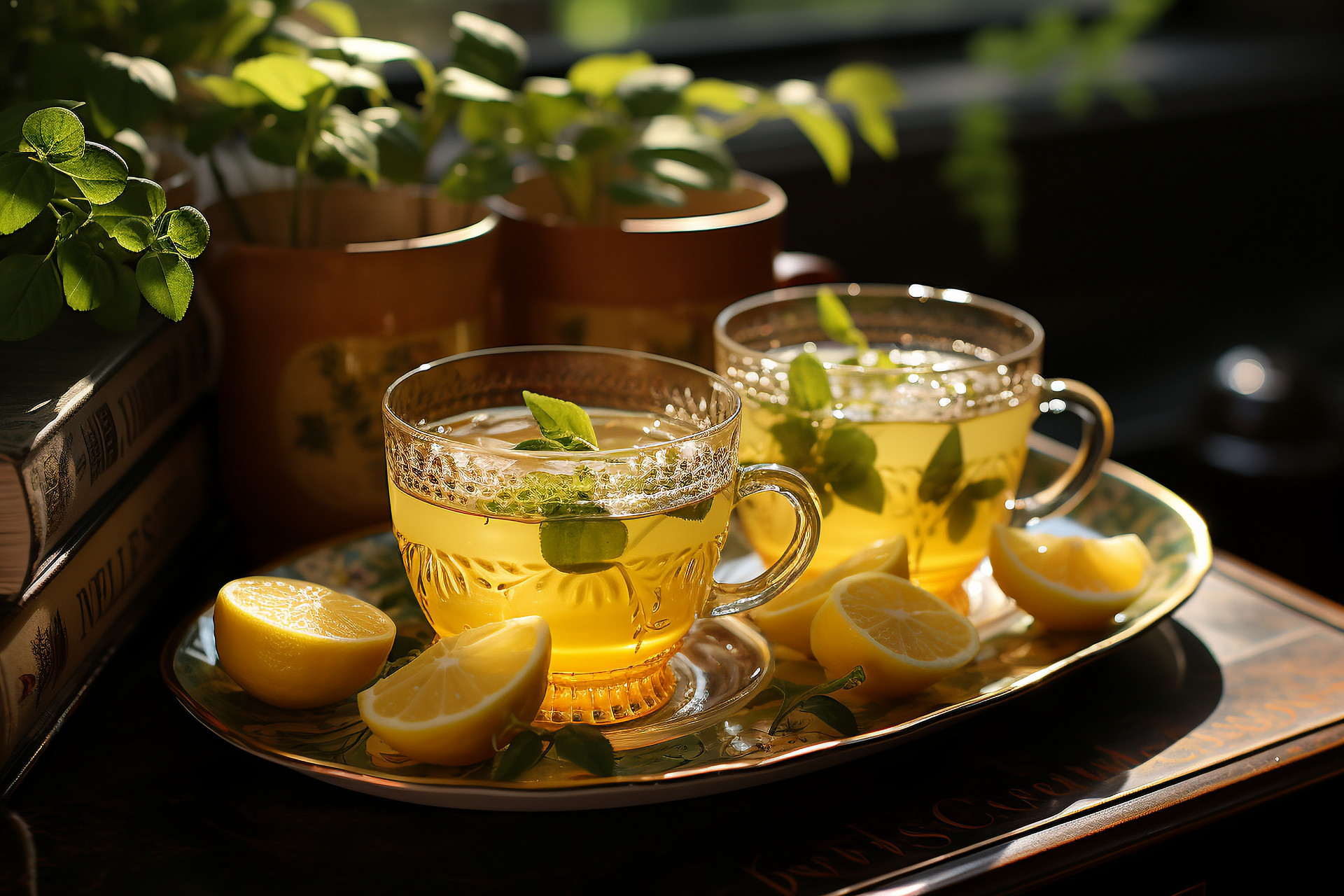There are a wide variety of tea types, each with its own unique characteristics. It is not easy to distinguish the quality of tea. As consumers, it is beneficial for us to have a basic understanding of how to identify the quality of tea. This knowledge helps us to select ideal tea and enjoy the pleasure of drinking tea. It is also a necessary skill for those who work in the tea industry. There are a few unscrupulous vendors in the market who engage in counterfeiting and deceive consumers. Therefore, it is necessary for us to learn some skills to identify tea in order to prevent ourselves from being deceived.
I. Identification of Tea Quality
The quality of tea is a complex issue and is not easily discernible for the average person. In simple terms, the quality of tea can be identified from five aspects: appearance, aroma, taste, color of the tea liquor, and the appearance of the infused leaves.
1. Appearance: The appearance of tea leaves is the first impression it gives. The quality of tea leaves can be judged based on their tenderness, shape, color, and cleanliness.
2. Aroma: The aroma of tea includes the aroma of the dry leaves and the aroma of the brewed tea. The evaluation of aroma can be based on the type of aroma, the intensity of the aroma, and the persistence of the aroma. Good tea should have a fresh and strong aroma, while inferior tea may have unpleasant smells such as smoke, sourness, or mustiness.
3. Color of the tea liquor: The color of the tea liquor can be evaluated based on its chromaticity, brightness, and turbidity. The chromaticity indicates whether the color of the tea liquor is normal and whether it has undergone aging or deterioration. The brightness refers to the brightness level of the tea liquor, with brighter liquor being more desirable. In terms of turbidity, a pure and transparent liquor is preferred.
4. Taste: The taste of the tea liquor is a key factor in determining the quality of tea. The taste should be pure and free from any off-flavors. The intensity, strength, freshness, and smoothness of the taste should also be considered.
5. Appearance of the infused leaves: The appearance of the infused leaves can be evaluated based on their tenderness, color, and uniformity. In normal tea processing conditions, the appearance of the infused leaves is closely related to the color, aroma, and taste of the tea. Except for some special types of tea, high-quality tea generally has good appearance of the infused leaves.
Generally, we first examine the appearance of the dry leaves, then brew the tea and carefully observe the color of the tea liquor and the appearance of the infused leaves. We also smell the aroma and taste the tea. Finally, based on factors such as the appearance, aroma, taste, and shape of the dry leaves, tea liquor, and infused leaves, we comprehensively judge the quality of the tea.
II. Identification of Genuine and Fake Tea
Fake tea made from materials similar to tea tree leaves is often sold as genuine tea or mixed with genuine tea. Plants such as hawthorn, tea plum, willow, holly, euonymus, and honeysuckle have been found to be used as fake tea leaves. There have also been cases of using tea waste to make fake tea. The identification of genuine and fake tea can be done through sensory identification and chemical analysis.
1. Sensory identification: People familiar with tea can identify genuine and fake tea through smell. Fake tea usually lacks the aroma of tea leaves and may have a fishy smell or other plant smells. The color of the tea leaves can also be used as a criterion for judgment. When the tea leaves are placed on a light-colored background such as white paper or a white plate, any inconsistency in color indicates the presence of fake tea. A more accurate method is to evaluate the tea liquor by brewing it, considering its aroma, color, and taste. After brewing, the whole leaves can be observed carefully. Genuine tea leaves have serrated edges, with the upper half denser than the lower half, and a smooth edge near the leaf stalk. Fake tea leaves often lack serrated edges or have different shapes and distribution of serrations. Genuine tea leaves also have trichomes on the back, while fake tea leaves generally do not have them.
2. Chemical analysis: Caffeine and catechins are characteristic components of tea and are the main basis for chemical analysis to determine whether a substance is tea. If both these components can be detected and reach a certain concentration, it can be concluded that the substance is tea.


![[The Risks of Eating Hawthorn During Pregnancy]](https://tcmmaintenance.com/uploads/20240715/97742b67f97f94c495ae1389337c5c41.jpg)
